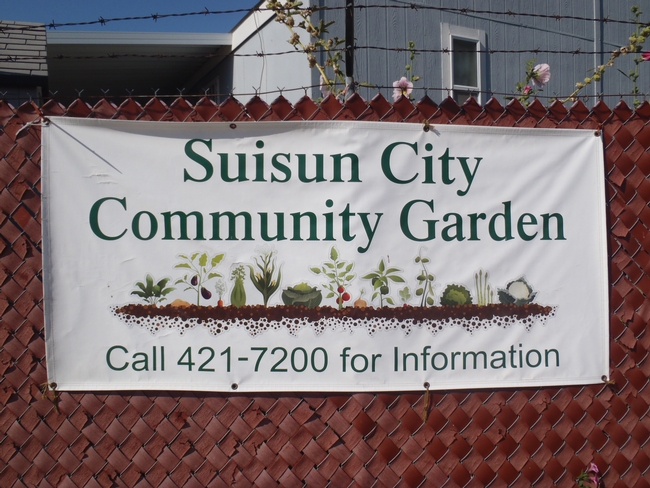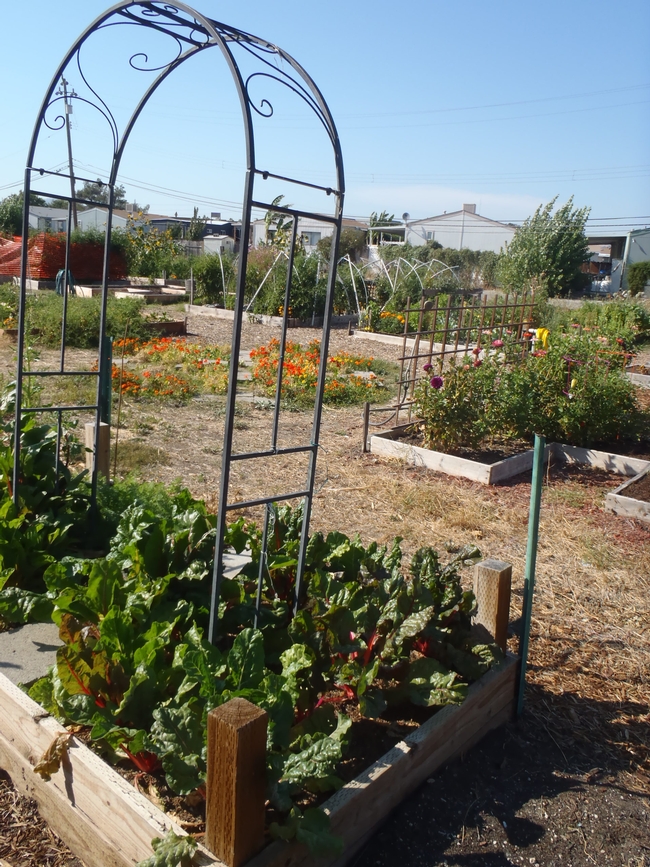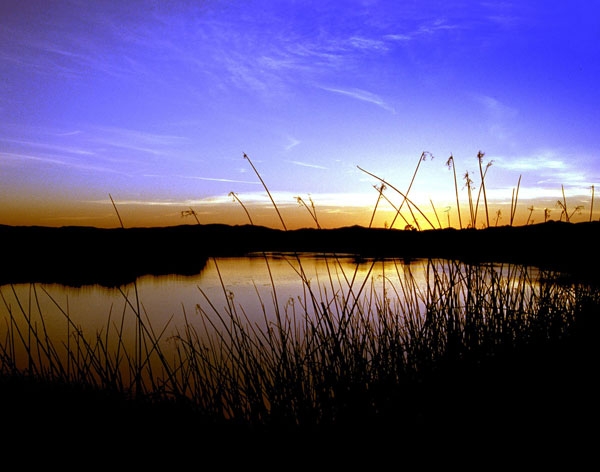Posts Tagged: Suisun
Where the Wildflowers Are
I love traveling along Highway 12 past Suisun City in Solano County, especially days after a good, hard rain which turns the landscape into undulating verdant hills and pastures where livestock graze peacefully. Hidden amongst this bucolic scenery, is a local gem known as the Western Railway Museum in Suisun City, which I discovered by happenstance some years earlier. During April of each year, the Museum hosts a wonderful event where, for a nominal entrance fee, wildflower enthusiasts can take an hour-long, 10-mile trip on one of the Museum’s vintage trains, to catch views of native wildflowers (e.g., consisting primarily of poppies, goldfields, brass buttons, butter and eggs, clover, and sheep’s sorrel) that blanket the hillsides and fields of Solano County. The tours are docent-led and views change weekly, depending upon what is in bloom. My past experience on this tour has been that the train will stop at an appropriate juncture to allow visitors to exit and wander alongside the fields to take photographs and to examine the wildflowers up-close. The window to catch this glorious display of wildflowers is short-lived, as the tours begin on April 3, 2013 and run until April 28, 2013. I recently visited the general vicinity in which these tours take place, and at least as of the posting of this blog entry, there did not seem to be many wildflowers yet on display, but that will quickly change, so consider making your plans now. For additional information about the various tours, times, and ticket prices, please visit (http://www.wrm.org/).
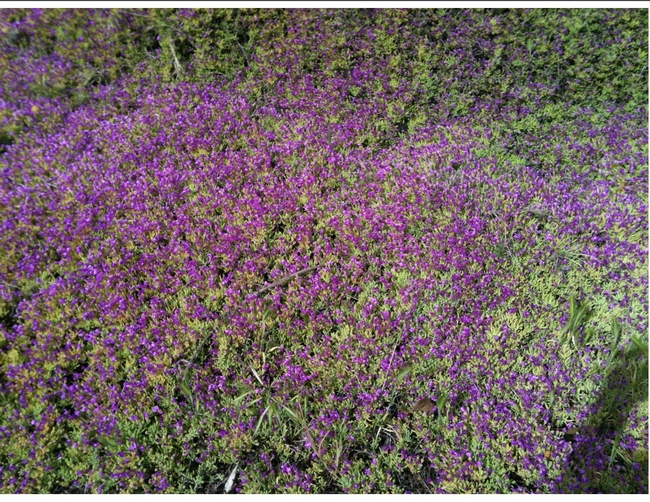
Some flowers in bloom along the roadside by these pastures which will soon be covered with a multitude of blooming California native wildflowers. photos by Betty Homer
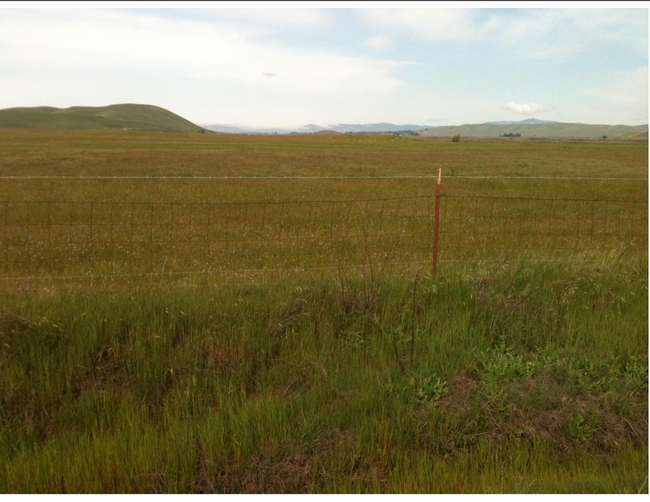
In a few short days or weeks, pastures such as these in Solano County, will be blanketed with glorious displays of California native wildflowers, some of which are coming into bloom, even if it is not obvious from the photograph.
Suisun Community Garden
Are you an apartment dweller or an otherwise landless gardener who has been dreaming about having a little piece of earth to call your own? Or maybe you are just someone who has a small yard and is looking for additional space to garden? If so, consider checking out the Suisun Community Garden located on Lotz Way by the Marina Shopping Center off of Highway 12 in Suisun City. For approximately $30 a year which is intended to cover the cost of water usage, you can lease a 10' x 10' plot at the Community Garden.
Almost all of the Community Garden's current members have built raised beds to grow vegetables which they are doing so successfully, as the site receives full sun daily, even in the winter. At last check, the author of this post observed corn, tomatoes, squash, tomatillos, eggplants, strawberries, artichokes, beans, carrots, radishes, beets, sunflowers, cosmos, dahlias, nasturtiums, and more, growing at the Community Garden.
As an added benefit, most members of the Community Garden are generally friendly, and will happily exchange gardening war stories and tips with you while you are there weeding, watering, etc. Although vandalism and theft can be an issue at the Community Garden from time to time (this is a common occurrence at ANY community garden), there is usually more than enough bounty for you in your plot to harvest and enjoy. It is also not unusual for other Community Garden members to share their harvest with you.
At last count, there were only a dozen or so plots left, so don't delay. For further information, please contact the Joseph Nelson Community Center at (707) 421-7200 or check out the Community Garden's Facebook page.
New life for the delta ecosystem
The San Joaquin/Sacramento Delta and Suisun Marsh were once part of a continuous, enormously productive aquatic ecosystem that supported dense populations of fish from Sacramento perch to salmon, huge flocks of wintering waterfowl, and concentrations of mammals from beaver to tule elk. This amazing ecosystem is gone and cannot be brought back.
The once vast marshes have been turned into farmland and cities, protected by a complex system of levees. The patchy remnants of the original ecosystem are disappearing fast, as more and more native plants and animals become extinct or endangered. In their place, hundreds of alien species thrive in the altered conditions—crabs, clams, worms and fish from all over the world.
- We have a choice. We can let the ecosystem continue to slide towards being a mess of alien species that live in unsavory water flowing through unnatural pathways, or we can take charge and create a new ecosystem that contains the elements we want. Those elements include native species and clean water that flows in more natural patterns, creating a better environment for fish and people.
The State Water Resources Control Board recently supported this concept by recommending that much more fresh water flow through the estuary to the ocean to create a sustainable estuarine ecosystem. More water is only part of the recovery picture, however, because the flows must be managed in new ways and flow through restored habitats. The historical ecosystem can be used only as a model for the new system, mainly to identify conditions that favor remnant native species and have other desirable features. But the new ecosystem will be quite different in its locations, its biota, and how it works.
High variability in environmental conditions in both space and time once made the upper San Francisco Estuary highly productive for native biota, so variability is clearly a key concept for our new ecosystem (Moyle, et al. 2010). Achieving a variable, more complex estuary requires policies that create the following conditions:
- Internal Delta flows that create a tidally-mixed, upstream-downstream gradient in water quality, with minimal cross-Delta flows. At times much of the water in the present Delta flows towards the big export pumps in the South Delta. Fish trying to migrate upstream or downstream find this very confusing, often lethally so.
- Slough networks with more natural channel geometry and less diked, rip-rapped channel habitat.
- More tidal marsh habitat, including shallow (1-2 m) sub-tidal areas, in both fresh and brackish zones of the estuary.
- Large expanses of low salinity (1-4 ppt) open water habitat in the Delta.
- A hydrodynamic regime where salinities in the upper estuary range from near-fresh to 8-10 ppt periodically to discourage alien species and favor desirable species.
- Species-specific actions that reduce abundance of non-native species and increase abundance of desirable species, such as active removal of undesirable clams and vegetation.
- Abundant annual floodplain habitat, with additional large areas that flood in less frequent wet years.
- Treating the estuary as one inter-connected ecosystem, recognizing that changes in one part of the system will likely effect the other parts.
These habitat actions collectively provide a realistic, if experimental, approach to improving the ability of the estuary to benefit desirable species. Some of these goals are likely to be achieved without deliberate action as the result of sea level rise, climate change, and failure of unsustainable levees in some parts of the Delta. But in the near term, habitat, flow restoration and export reduction projects can allow creation of a more variable and more productive ecosystem than now exists, while accommodating irreversible changes to the system.
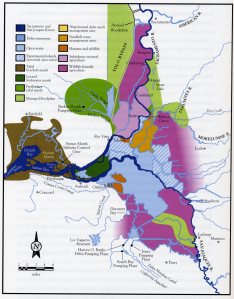 What a multi-purpose, eco-friendly delta could look like. Click on the image to view an interactive form of the map that lets you see descriptions of what each area might look like in a future eco-friendly delta.
What a multi-purpose, eco-friendly delta could look like. Click on the image to view an interactive form of the map that lets you see descriptions of what each area might look like in a future eco-friendly delta.
(This post first appeared on the CaliforniaWaterBlog.)
Update: The National Research Council has taken an interest in plans to conserve habitat for endangered and threatened species in the Sacramento-San Joaquin Delta while continuing to divert water for agricultural and urban use in Southern California. On May 5, the council declared the draft Bay Delta Conservation Plan incomplete, difficult to understand and still needing much work.
Further Reading:
Moyle, P.B., J.R. Lund, W. Bennett and W. Fleenor (2010), Habitat Variability and Complexity in the Upper San Francisco Estuary, San Francisco Estuary and Watershed Science 8(3).
Cunningham, L. (2010), A State of Change: Forgotten Landscapes of California, Heyday Books, Berkeley.


